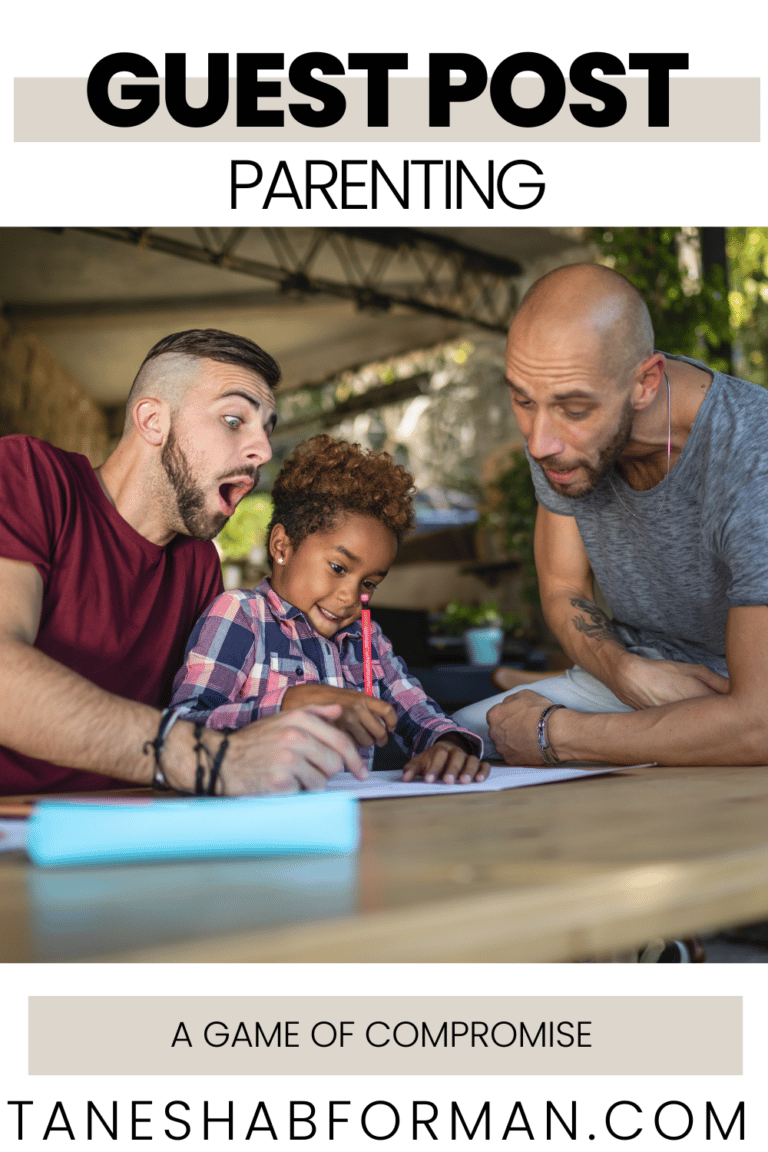
Menu

Welp, it’s the end of the year (or could be any time of year), and everyone is at the end of their ropes! Believe it or not, teachers are human too (shocker). One of the most important responsibilities I have as a teacher is my discretion, especially when de-escalating challenging situations. My students know that fair is not equal, and I reinforce this in the way that I handle and hear out students when they are having a moment. I interviewed numerous students who’ve graciously shared their perspective on how teachers should work with them when they are upset. I’ve used their thoughts and my experience to compile the strategies below.
When tension are high, less is more. Consider using nonverbal signals to de-escalate situations and demonstrate to your students that you are working with and not against them. If a student is noticeably upset, give them space and encouraging nonverbals. For example, you might sit next to a student versus standing over them, or hold your hands up to communicate to students that are you unwilling to negatively engage. Once students are in a place to talk, wait and listen to their perspective. When you agree nod your head, and no matter what, avoid interrupting students, and any sort of back and forth.
When students are in a negative space, nothing will likely set them off more than a “You know you’re in big trouble,” or a “If-Then” statement. Just let it go… let it go (insert Frozen song)! This is a lose-lose strategy. While difficult, imagine the difference between, “Please have a seat” and “If you don’t go back to seat then…” In my experience this only leads to student defiance, especially if they have an audience. I usually throw a statement like, “I am giving you all the respect that you deserve right now. You are capable. Please…” This statement usually speaks to students and communicates to the student (and the crowd) that I am the leader of the classroom, and I VALUE/LOVE them even in the roughest of moments.
This strategy goes hand in hand with the strategy above. After telling students how much I value and respect them, I issue the choice. For example, “you can have seat so that we can talk about what happened and you can share your perspective, or I am going to walk away and write this up without your perspective. The choice is yours. I am going to give you one minute to think about it.” After this I walk away and help other students as if nothing has happened. I am sure to check in after about a minute by saying “what do you choose?” This reinforces the fact that the student is in control (well, kinda) and has a choice, which matters.
It’s been said that laughter is good for the soul. I usually say something RANDOM like, “Can I tell you what my husband had the NERVE to do?” or “You smell that?” or tell B.A.D joke. Sometimes students need to get out of the moment and think about something else. Remember, humor should not be used in a sarcastic or teasing manner, as the student is quite likely to feel disrespected and become even angrier. Additionally, though you laugh in the moment, teachers MUST have a conversation about what happened, and what could be done the next time to prevent the incident from occurring again.
How do you work through challenging situations? I’d love to hear! Please leave your thoughts in the comments!

Sign up and access the FREE resources to support your Anti-Bias/Anti-Racism journey.

I'm a current middle school administrator who loves breaking down complex topics and providing opportunities for educators learn, reflect, practice, and implement methods that foster equity and anti-racism. I believe we win together!


I’m a current middle school administrator who loves breaking down complex topics and providing opportunities for educators learn, reflect, practice, and implement methods that foster equity and anti-racism. I believe we win together!
©2020 Tanesha B. Forman.
All Rights Reserved.
Designed by Ashley Hughes.